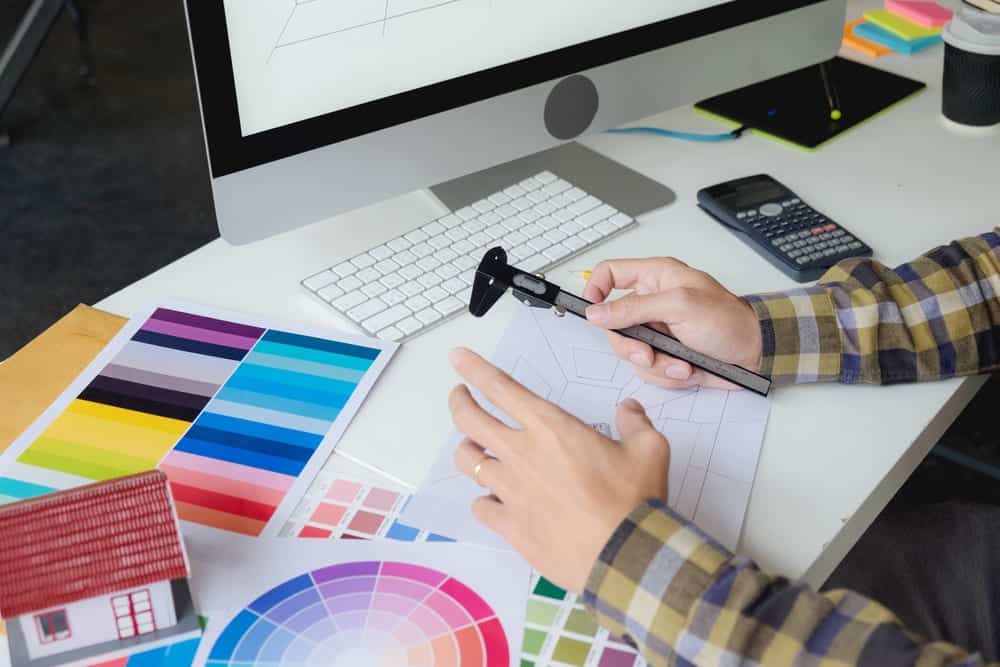
Material Design in Web Development
Do you want a user interface that responds and acts the way you want? If this question rings a bell in your head, then implementing material design into your products will help you get the perfect design aesthetics. It is like having a user interface designed by tech companies that are intended to help both end-users and designers to develop a visually appealing user interface.
So how does material design improve the user interface of a website? If you have this question in mind, you have landed on the right page. We will help you understand the importance of material design and how it helps elevate your design aesthetics.
What is material design?
While flat design contains all the elements in one place, and skeuomorphic design incorporates natural textures into the digital context, the material design focuses more on the behavior of elements employed in the device.
For instance, Google Now features an interface where you swipe right to change elements rather than tapping on the screen. This user interface changed the way users interact with their devices as it was more intuitive and relatively new. This started a new era in modern devices and how the elements behaved, paving a new way for tech giants such as Google and Apple.
Material design employs material metaphors, which is why we see three-dimensional animated responses, shadows, and other qualities from objects related to physics rather than elements resembling paper or wood.
How material design provides a new look and feel to your ideas
Material design helps you to get a design that combines physics with geometric elements. Unlike typical flat designs, it incorporates shadows and elements to co-exist with each other rather than fighting for the same plane. The elements don’t have natural patterns and textures found in nature, which makes it a perfect combination of flat and skeuomorphism design.
Material design philosophy
Google incorporates three design principles based on the user interface to the material design philosophy. These principles work in tandem to provide enduring visual aesthetics that many of today’s leading technology companies use in their devices.
We have briefly elaborated on these design principles for better understandings.
Material is the metaphor
According to Google, the basic step behind material design is to conceive how actual materials behave and look like in the digital world. In simple terms, it conceives digital objects instead of physical materials. We can take the example of a mobile device that has a screen that houses digital objects that move around but never fall down.
Motion provides meaning
As we mentioned earlier, material design does an excellent job of replicating real-world physics; your devices tend to work without disturbing physics in the digital world. Certain design elements, such as shadows, object sizes, and animations, provide a natural feeling to the user in the digital world. This feature enhances the flexibility of material design and adds a perfect balance between the physical and digital worlds.
Bold, graphic, intentional
Material design employs bold and clear colour schemes that come with readable typography and lots of intentional white space. We recommend using simple colour palettes and easy to read fonts for an excellent experience.
How to use material design?
You can get started by using a prototype app and incorporating material design principles into it. It would be best to read through Google’s guide on material design for better understandings of your user interface.





